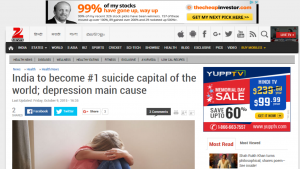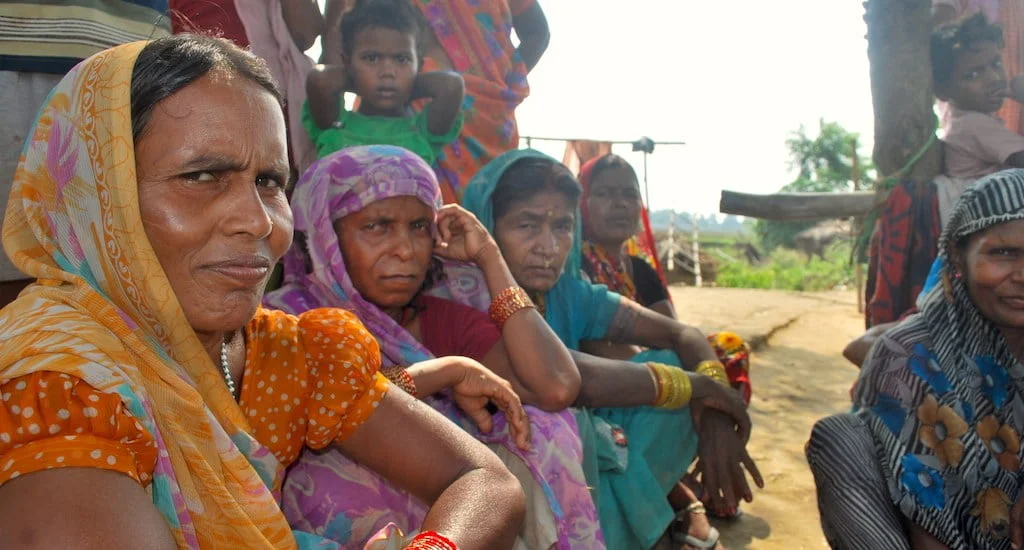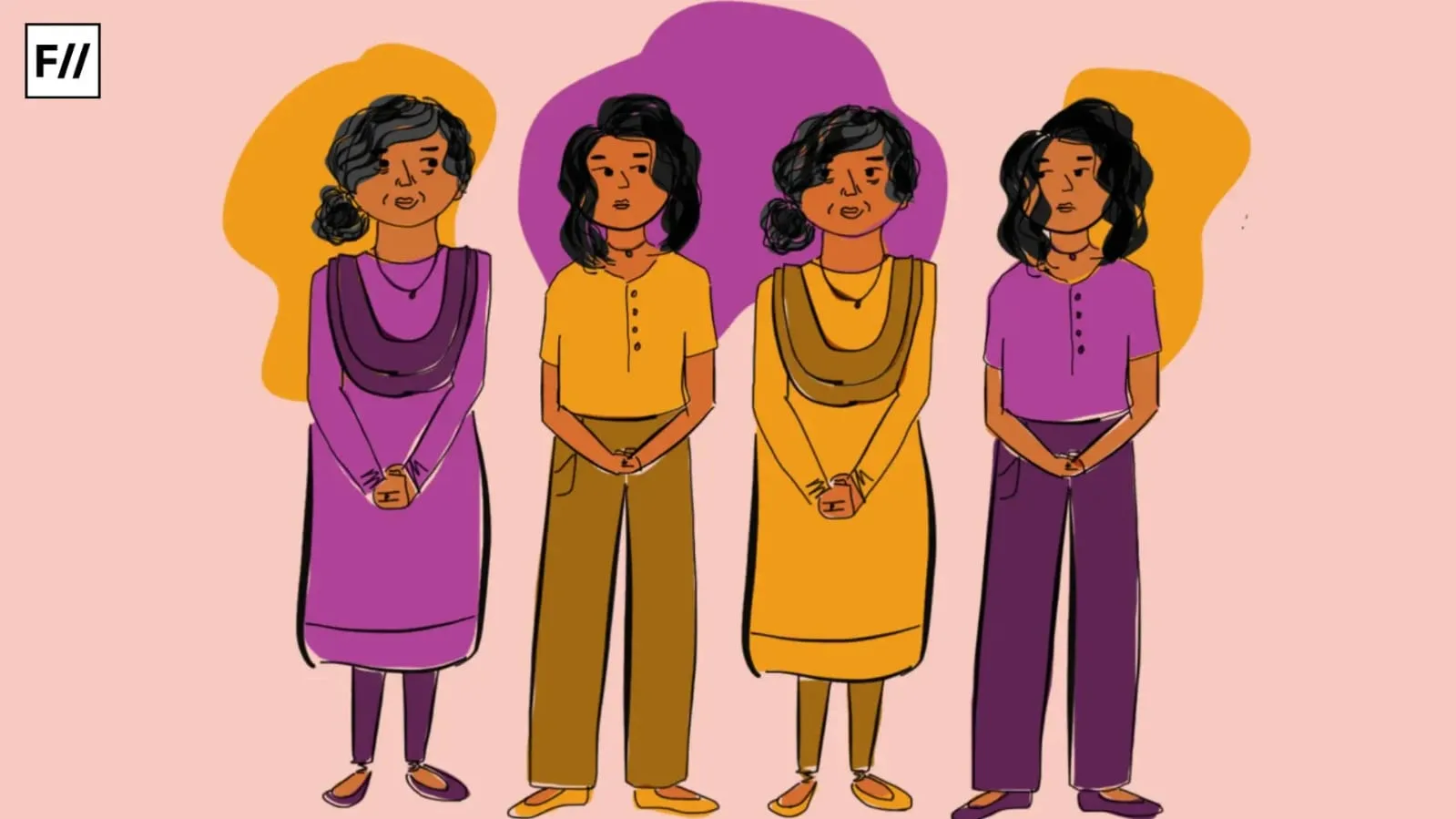Of the majority of my life that I spent in India, I can hardly remember any discussions about mental health issues and wellness. It wasn’t just a paucity of vocabulary, it was as if the vocabulary to acknowledge that mental illnesses are real and affect many of us did not exist. Instead what I heard was use of words such as mental or crazy or retarded. I was told that some people had a ‘bad nature’ or ‘a personality/attitude issue’. Words such as depressed were use as synonyms for sadness, bipolar to express astonishment at the weather, anxiety disorder as an exaggeration of normal worry. Depression was referred to as a ‘luxury’, a ‘first world problem’ — one would think it was good we had starting importing after the liberalization era of the nineties. Recommended cures range from praying to taking long walks to snapping out of it to exorcisms to banish evil spirits to simply ignoring people. Superstitions, myths and shame come together to create a particularly toxic environment that silences conversations about mental health issues.
None of this reflects the reality of mental illness in India. The statistics are staggering and likely underestimate the severity of the issue. The numbers of suicides are alarming, conservative estimates indicate that at least 5% of the population lives with some form of mental illness, the prevalence of depression is high with estimates ranging from 7% to 15% . This report from WHO provides a comprehensive overview of statistics related to mental illness and is a sobering read.

This collective lack of understanding and openness towards mental health issues has substantial impact on how we function as a society and country. Everyone is punished by this taboo – women, men and everyone on the gender spectrum. Women are often categorized as prone to ‘hysteria or drama or sadness’ while men are expected to not feel or express any sort of ‘weakness’ or grief. People who are outside of the heterosexual binary face a complex and intersectional set of stigmas around sexuality and mental illness. People in urban areas and people in rural areas are affected. Children and adults are affected. This is not a ‘city problem’ or an urban or rich one. The media rarely helps, usually going for a dramatic, misleading take on mental illness (see this headline of ‘suicide capital’). Undiagnosed, mistreated or ignored mental illness limits life for the individual and people around them, it affects the ability to work and be an engaged, productive participant in the labor force as well as a functional adult (or child). It can prevent people from feeling the range of emotions that make us human, propel folks towards addiction and suicide and more.
Our healthcare system is inadequate as a whole and facilities for mental healthcare are practically non-existent. Even if people receive an accurate diagnosis of their condition, there is little help, effective treatment or community support available to them. The gap is vast and needs to be filled by everyone — individuals, families, educators, health professionals and the government.
Through this platform, we aim to provide an open, judgment-free space, where people can share their experiences with mental health issues, develop a crowd sourced set of useful resources (including but not limited to lists of healthcare facilities, blogs, books, online communities, poetry and more) and start pushing the boundaries of discussion on mental illness. We hope you find this informative and a platform that facilitates factual understandings and compassion. Stay with us!
About the author(s)
Feminist and Indian. Interests include gender, education, mental health and wellness. India/US.




